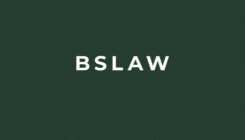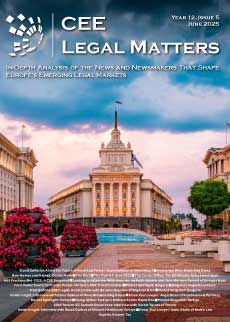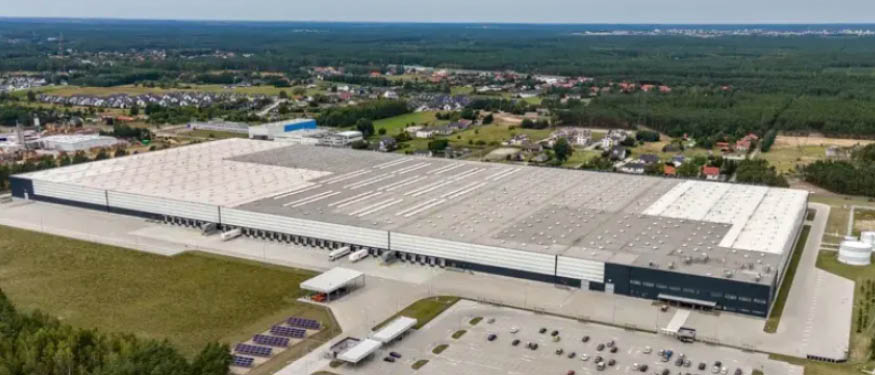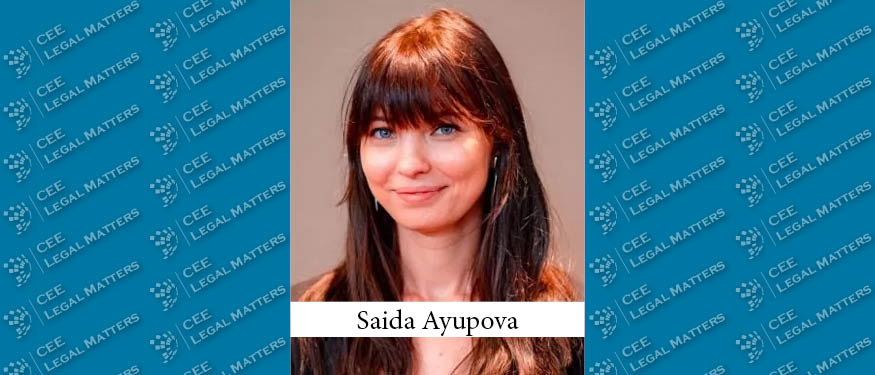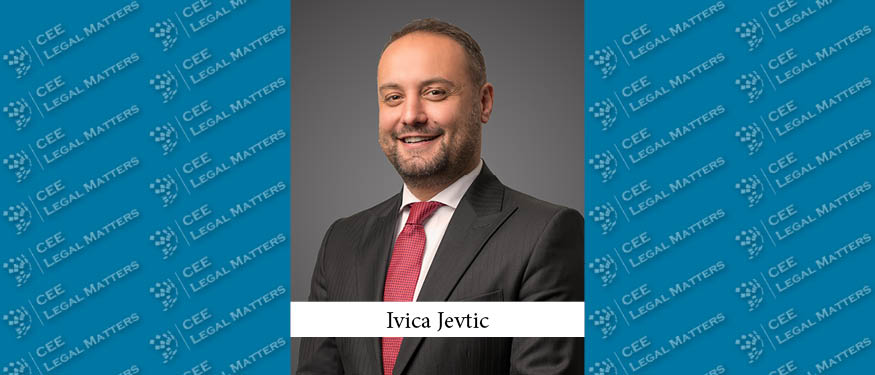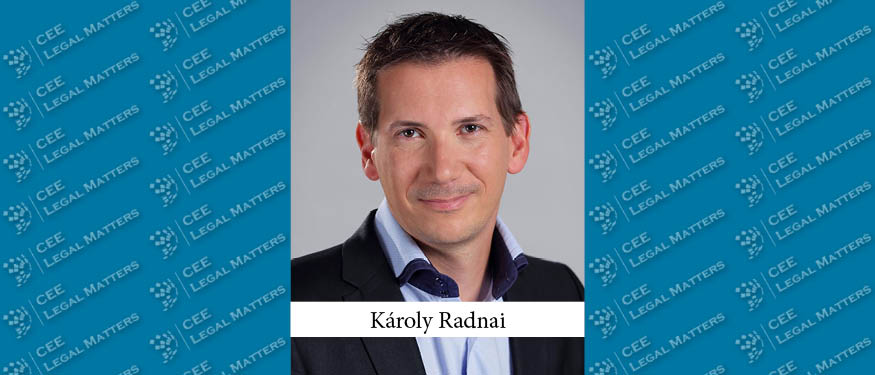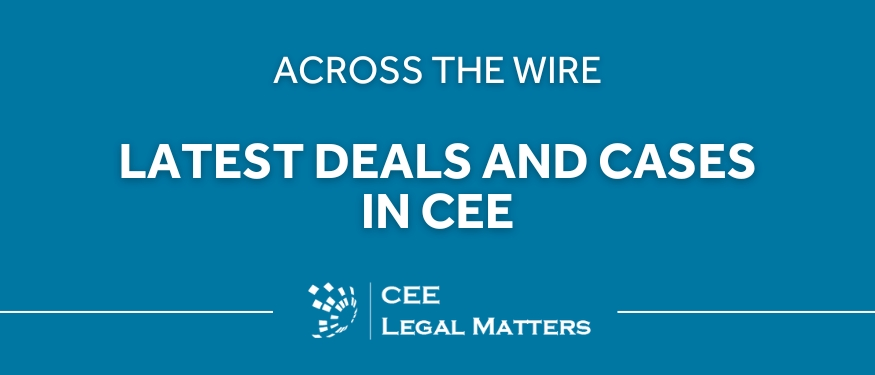For years, the European Union has been taking measures related to the decarbonization of industry, i.e. the reduction and, in the long term, elimination of CO2 emissions. Examples include the EU Emissions Trading System, which has been in place since 2005, or the regulations on industrial emissions of 2010.
However, recent years have seen increased activity in this area. Since the announcement of the European Green Deal in 2019, at least a dozen EU laws related to decarbonization have been adopted. The primary goal is a 55 percent reduction in emissions by 2030 and net zero emissions by 2050. The European Commission's Communication – The Clean Industrial Deal: A joint roadmap for competitiveness and decarbonisation (“Clean Industrial Deal”), published at the end of February 2025, additionally sets an emissions reduction target of 90 percent by 2040.
It is sometimes argued that some of these acts impose such far-reaching financial and administrative burdens that they threaten the competitiveness of EU industry. Recently, the EU legislator seems to have recognized this as well, seeking to make some regulations more flexible, especially in those cases where they impose a very heavy burden while the environmental benefits are relatively small.
The result is a series of directives and regulations. Some of them introduce completely new solutions, others modify those already in force. Some apply to specific industries or sectors; others relate to industry in general. Undoubtedly, however, they all reflect certain directions in the European Union's decarbonization policy. Several of these trends deserve special attention.
Protecting the competitiveness of EU industry
Tightening environmental regulations, including stricter rules for granting free CO2 emission allowances, may lead to the relocation of production activities to third countries where standards are less stringent than those in force in the European Union. It may also result in EU entrepreneurs purchasing carbon-intensive products from third-country producers who do not add emission fees to their price. This practice poses a serious threat to the competitiveness of EU industry and is one of the biggest risks of the EU decarbonization policy.
As a result, it is necessary to implement tools to prevent so-called “carbon leakage” to third countries. To date, the primary tool in this regard has been the mechanism for granting free CO2 emission allowances. However, the pool of free emission allowances is gradually shrinking, as well as the rules for their allocation are tightening.
A new mechanism to prevent carbon leakage abroad was introduced by Regulation 2023/956 of the European Parliament and of the Council of 10 May 2023 establishing a carbon border adjustment mechanism (“CBAM Regulation”). The mechanism is intended to ensure that imported products are subject to the same costs as those incurred in the EU ETS, in effect equalizing the emission fee on imported and intra-EU products. Indirectly, CBAM is also expected to reduce emissions in third countries that are not directly covered by it.
At the same time, CBAM is controversial, both inside and outside the European Union. Despite being an EU mechanism, it affects international trade and could reduce exports of key goods to the European Union. Some countries, including India, have announced or are announcing the submission of complaints against CBAM to the World Trade Organization. Moreover, it is sometimes argued that CBAM will not at all prevent the relocation of manufacturing activities to third countries. On the contrary, manufacturers will increasingly relocate overseas, and buyers of their goods will mainly become non-EU entities, further contributing to a reduction in the competitiveness of EU industry.
Despite these doubts, voices remain alive that in the face of the European Union's restrictive decarbonization policy, CBAM is essential. However, there are plans to narrow its scope, as discussed later in the article.
Extension of the scope of certain regulations...
Effective and efficient regulations require that they apply to businesses with the greatest impact on the environment. As a result, decarbonization directives and regulations are subject to reviews, resulting in changes to their scopes. As the European Union's decarbonization plans are ambitious, the scopes are most often extended, but sometimes also narrowed, driven by the need to combine climate ambition and competitiveness protection.
For example, in 2023 maritime transport was included in the Directive 2003/87/EC of the European Parliament and of the Council of 13 October 2003 establishing a scheme for greenhouse gas emission allowance trading within the Community and amending Council Directive 96/61/EC (“EU ETS Directive”). This is justified by the fact that emissions from fuel sold for voyages between Member States or between Member States and third countries have increased by about 36 percent over the past 30 years, and at the same time maritime transport accounts for about 3-4 percent of emissions in the European Union.
Likewise, fuel combustion in buildings, road transport and additional sectors has been covered by the Directive, as buildings and transport are, along with industry, major energy users and sources of emissions. At the same time, emission reductions in buildings and the power generation sector may be the most cost-effective, amounting to around 60 percent compared to 2005, particularly due to the increased share of renewable energy and the promotion of energy efficiency. Of course, despite the cost-effectiveness, the inclusion of these sectors in the Directive is controversial, as it will result in higher prices for consumers.
... and narrowing the scope of application of others
Meanwhile, at the end of February 2025, Omnibus package was published, including, among other things, a draft Regulation of the European Parliament and of the Council amending Regulation 2023/956 regarding simplifying and strengthening the carbon border adjustment mechanism. The draft narrows the scope of application of CBAM and excludes consignments weighing no more than 50 tonnes. Previously, CBAM did not apply to consignments of a value below €150, however, such a threshold was considered disproportionate to the impact of importers of small quantities of goods on emissions. It was concluded that the weight threshold would exempt most importers from CBAM obligations, particularly small and medium-sized enterprises, while maintaining more than 99 percent of embedded emissions in scope of CBAM. As a result, it will best meet the European Union's climate goals.
Administrative simplifications for certain technologies
Investing in low-carbon technologies is also an important part of reducing industrial emissions. To accelerate investment in this area, incentives in the form of administrative simplifications have been introduced recently. An example is Regulation 2024/1735 of the European Parliament and of the Council of 13 June 2024 on establishing a framework of measures for strengthening Europe’s net-zero technology manufacturing ecosystem and amending Regulation 2018/1724 (“Net-Zero Industry Act”). The goal of the Act is to increase the number of key carbon-neutral technologies at the mass production stage by 3 times by 2030 and keep pace with global trends.
Net-zero technologies include solar, including photovoltaic, onshore wind and offshore renewable, batteries and energy storage, and carbon capture and storage (CCS technologies). For such technologies, Net-Zero Industry Act provides for, among other things:
- designation of points of contact, responsible for facilitating and coordinating permitting processes,
- specifying the maximum duration of these processes (12 months for the construction or expansion of net-zero technology manufacturing projects with a yearly manufacturing capacity of less than 1 GW, and 18 months for the construction or expansion of net-zero technology manufacturing projects with a yearly manufacturing capacity of at least 1 GW or projects for which a yearly manufacturing capacity is not measured in GW),
- creation of net-zero regulatory sandboxes, i.e. a scheme that enables companies to test innovative net-zero technologies and other innovative technologies in a controlled real-world environment, under a specific plan, developed and monitored by a competent authority.
The Act also provides further incentives for so-called net-zero strategic projects that contribute to achieving its goals and meet at least one of the additional criteria.
Additional administrative simplifications, particularly about reducing the length of permitting processes, are to be introduced by the Industrial Decarbonization Accelerator Act, a draft of which is likely to be published this year. These may include, for example, the granting of certain permits through so-called tacit approval, which does not require the authority's activity.
Reducing the length of the permitting processes is very important, since, in principle, installations cannot be operated before they are granted. Meanwhile, in practice, permitting processes are sometimes lengthy and effectively delay the realization of investments.
What can be expected?
The European Union's decarbonization policy is very ambitious. Sometimes it is even argued that it obscures other goals, including economic growth and competitiveness, especially in the face of numerous crises. It seems that the EU legislator recognizes this and has recently been reaching out to businesses in an effort to combine climate neutrality and social and economic goals. Given current trends, in the coming years we can expect mainly modifications of already existing decarbonization tools. They are likely to be tightened in certain scopes, but loosened in others.
For example, consultations on the revision of the EU ETS Directive have recently been launched. As the European Commission points out in its call for evidence, its aim is ensuring that the market remains efficient and creates an incentive to invest in decarbonisation in the global context, but at the same time addressing specific challenges faced by covered sectors to facilitate the uptake of available solutions. The revision will potentially include the extension of the EU ETS coverage, such as municipal solid waste incineration, additional flights and aviation activities and installations with thermal capacity below 20 MW, but at the same time introduction of support mechanisms aimed at CO2 capture, storage and use.
Likewise, CBAM is likely to be extended in the coming years to include more products, e.g. glass, so that its scope reflects the scope of the EU ETS as closely as possible. At the same time, as already signaled, work is underway to exclude consignments of up to 50 tonnes, which will exempt most importers, particularly small and medium-sized enterprises, from CBAM.
In other words, further tightening of regulations related to decarbonization can be expected, but in parallel, incentives and tools to mitigate the effects of stringent regulations are likely to be implemented, especially in the high-tech sector and in sectors facing high energy prices. These tools will focus on digitization and administrative simplification, but will potentially also include financial support, such as through the planned EU Competitiveness Fund and the Industrial Decarbonization Bank, or tax credits for companies in sectors strategic to the green transition.
By Agata Matysiak, Associate, Dentons



